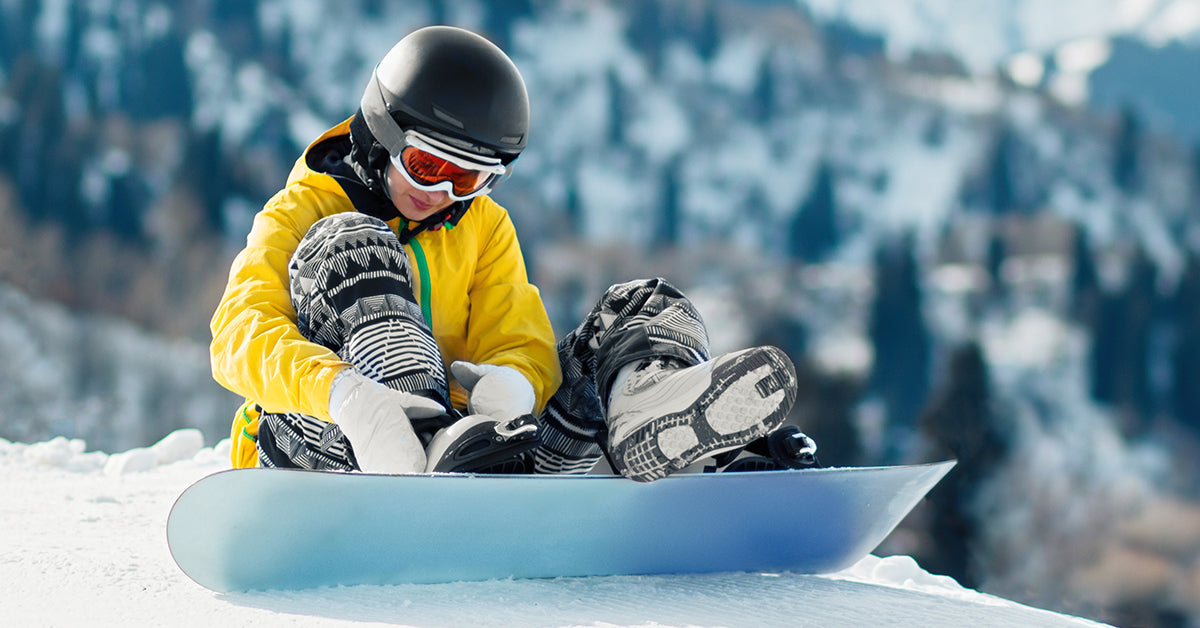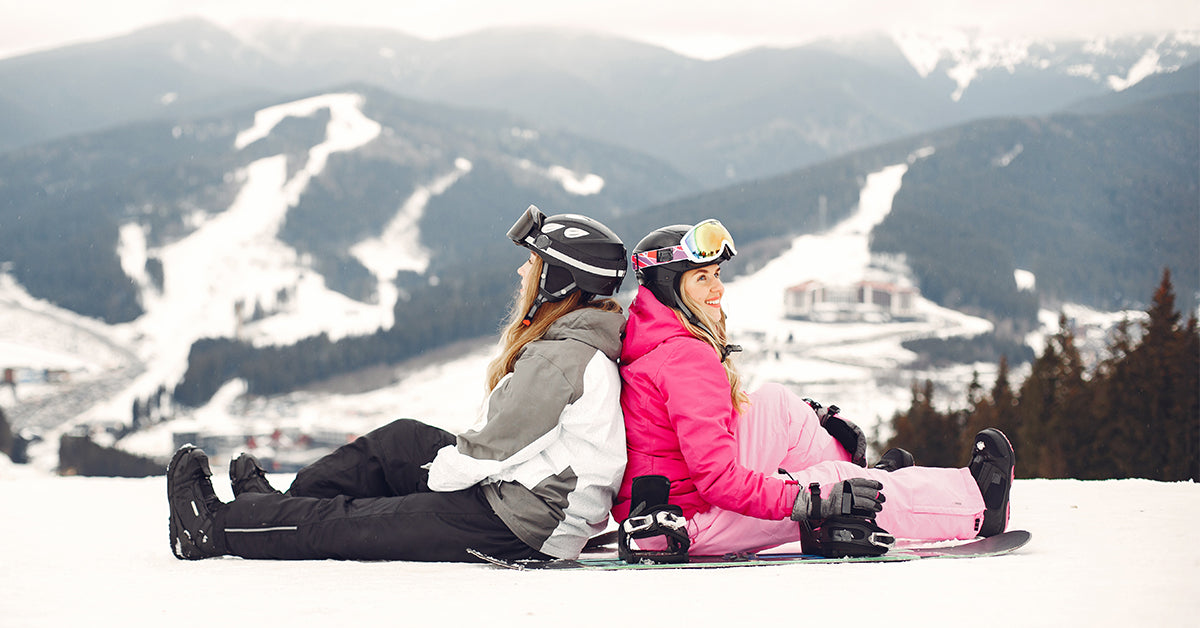
Types of snowboards
"No one has been born yet to please everyone." You know that saying? It can also be applied to snowboards. There's no such thing as a board that will perform in absolutely every condition or serve all riders perfectly. Everyone has different requirements and needs. Different types of boards are tailored to these needs. Are you unfamiliar with terms like All Mountain, Freeride, Freestyle, Jibbing, or Buttering? You've come to the right place! Let's begin our guide to snowboard types.
All Mountain
These are the most popular boards, aimed at beginners and intermediate riders. They forgive many of the mistakes typical of "novices." With them, you'll easily master the basics of riding technique and enthusiastically begin your snowboarding adventure.
Freeride
Freeride boards are designed for off-piste riding. Are you a more experienced rider and want to experience the thrill of off-piste skiing? Choose a freeride board, which will help you avoid getting bogged down in deep powder. However, keep in mind that it will be more difficult to handle than an all-mountain board.
Freestyle
Freestyle boards are soft and wide boards perfect for the snow park or for experimenting with various techniques on the slopes. If you want to jump on ramps but find the usual up-and-down edging boring, choose a freestyle board. They have a narrower center and wider ends, and they flex easily. This makes them resistant to jumps and falls. You can ride them forward or backward. Try them!
Buttering
Buttering and jibbing are actually subtypes of freestyle boards. Buttering boards are often slightly shortened twin-tip boards (identical at both ends). These boards allow you to easily lift one end off the slope to perform a turn or other type of trick. If you're interested in freestyle riding on the slopes, this is an ideal choice.
Jibbing
The final type of board that falls into the freestyle category is the Jibbing. These are the softest boards with raised edges. Why? This makes it easier to perform tricks in the snow park, such as jumping onto rails or walls. This type of board is definitely not the best for fast downhill riding.
As we mentioned earlier, the best board for beginners is an all-mountain. If you're a more experienced rider, this guide will help you decide which direction you want to go and which board will be best for you. Good luck finding your way… or rather, your route!
All Mountain
These are the most popular boards, aimed at beginners and intermediate riders. They forgive many of the mistakes typical of "novices." With them, you'll easily master the basics of riding technique and enthusiastically begin your snowboarding adventure.
Freeride
Freeride boards are designed for off-piste riding. Are you a more experienced rider and want to experience the thrill of off-piste skiing? Choose a freeride board, which will help you avoid getting bogged down in deep powder. However, keep in mind that it will be more difficult to handle than an all-mountain board.
Freestyle
Freestyle boards are soft and wide boards perfect for the snow park or for experimenting with various techniques on the slopes. If you want to jump on ramps but find the usual up-and-down edging boring, choose a freestyle board. They have a narrower center and wider ends, and they flex easily. This makes them resistant to jumps and falls. You can ride them forward or backward. Try them!
Buttering
Buttering and jibbing are actually subtypes of freestyle boards. Buttering boards are often slightly shortened twin-tip boards (identical at both ends). These boards allow you to easily lift one end off the slope to perform a turn or other type of trick. If you're interested in freestyle riding on the slopes, this is an ideal choice.
Jibbing
The final type of board that falls into the freestyle category is the Jibbing. These are the softest boards with raised edges. Why? This makes it easier to perform tricks in the snow park, such as jumping onto rails or walls. This type of board is definitely not the best for fast downhill riding.
As we mentioned earlier, the best board for beginners is an all-mountain. If you're a more experienced rider, this guide will help you decide which direction you want to go and which board will be best for you. Good luck finding your way… or rather, your route!


